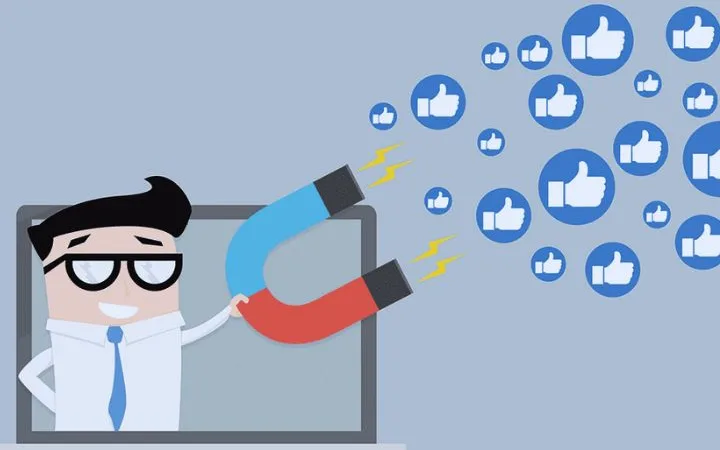SEM Methods In Google Ads Search Campaigns

The structure of Google ads is one of the key aspects when it comes to ensuring the perfect performance of an account. We’re going to discuss on SEM methods in Google Ads Search Campaigns.
An adequate search structure and segmentation will allow us to have greater relevance, a good quality score, improve the conversion rate in the campaigns and, ultimately, will help us to be more efficient both in the operation of the management and in the achievement of the KPIs marked.
Table of Contents
Basic Structure
There are some common aspects that all search account structures should consider, regardless of the structuring methodology used. For instance:
- Traceability between the keywords, the ad and the user’s landing page to ensure relevance . This can be achieved both with the grouping of common keywords in the same adgroup and with the use of urls at the keyword level and the use of Dynamic Keyword Insertion -DKI- in text ads.
- Differentiation of Brand and No Brand campaigns
Beyond this would be sine qua non elements , the reality is that there is no perfect structure by definition and experience and test implementation are required to decide which is the most appropriate structure for each advertiser.
Today we want to discuss the four most used segmentation SEM methodologies: 3 of them traditional and a new methodology born just a couple of years ago with the aim of adapting the paid search architecture to the times of machine learning.
Traditional Structure
The traditional structure of paid search campaigns starts from the premise of relevance , and that is why it has always been based on grouping common keywords in the same adgroup to guarantee the traceability of the search with the ad and the landing page.
The common structuring Contribute A Guest Post Or Technology Write For Us is to create a campaign for each product or service and at the adgroup level, related keywords are grouped that are related to said product or service:
This traditional structuring of campaign grouping by product / service and adgroup segmentation based on related search terms is very common to present variations to make it even more granular. Thus, it is common for SEM specialists to duplicate campaigns (or adgroups in some cases) to, in addition to keywords, also segment based on:
- Type of device used by the user
- Keyword match type
- User typology: (new, returning, buyer, etc)
SKAG Structure
SKAG (Single Keyword Ad Group) structures have been one of the preferred methodologies in the advanced management of paid search campaigns due to their great control capacity. As the name itself indicates, the main characteristic of these campaigns is that the ad groups have a single keyword, which allows maximum control of its performance.
This structure, widely used by the old school, over the years begins to become obsolete because Google increasingly makes it more difficult to have 100% control over the search with updates such as exact match variations. In addition, it was the era of machine learning, this structure can be somewhat constrained and negatively affect the scalability of paid search campaigns.
Also Read : Best True Wireless Headphones 2021






